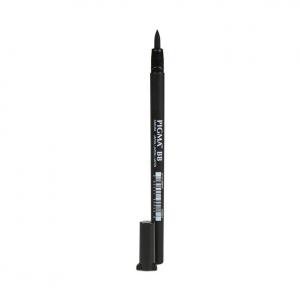

Species of Penicillium are ubiquitous soil fungi preferring cool and moderate climates, commonly present wherever organic material is available. The irregularly distributed asci contain eight unicellular ascospores each. Sexual reproduction involves the production of ascospores, commencing with the fusion of an archegonium and an antheridium, with sharing of nuclei. These propagules play a significant role in reproduction conidia are the main dispersal strategy of these fungi.

Conidiophores are at the end of each branch accompanied by green spherical constricted units called conidia. The thallus ( mycelium) consists of highly branched networks of multinucleated, usually colourless hyphae, with each pair of cells separated by a septum. under bright field microscopy (10 × 100 magnification) with lactophenol cotton blue stain The genus name is derived from the Latin root penicillum, meaning "painter's brush", and refers to the chains of conidia that resemble a broom. Penicillium verrucosum, a grain contaminant which produces ochratoxin A.Penicillium ulaiense, a Citrus pathogen in Asia.Penicillium roqueforti, which is used in making Roquefort, Danish Blue cheese, English Blue Stilton cheese, Gorgonzola cheese, and Cambozola.Penicillium lusitanum, isolated from marine habitat.Penicillium italicum, a Citrus pathogen.Penicillium expansum, a pathogen of apples and other fruit, produces patulin.Penicillium echinulatum produces Mycophenolic acid.Penicillium digitatum, a Citrus pathogen.Penicillium chrysogenum (previously known as Penicillium notatum), which produces the antibiotic penicillin.It has been reduced to synonymy with Penicillium camemberti Penicillium candidum, which is used in making Brie and Camembert.Penicillium camemberti, which is used in the production of Camembert, Brie and Cambozola cheeses.Penicillium bilaiae, which is an agricultural inoculant.



 0 kommentar(er)
0 kommentar(er)
